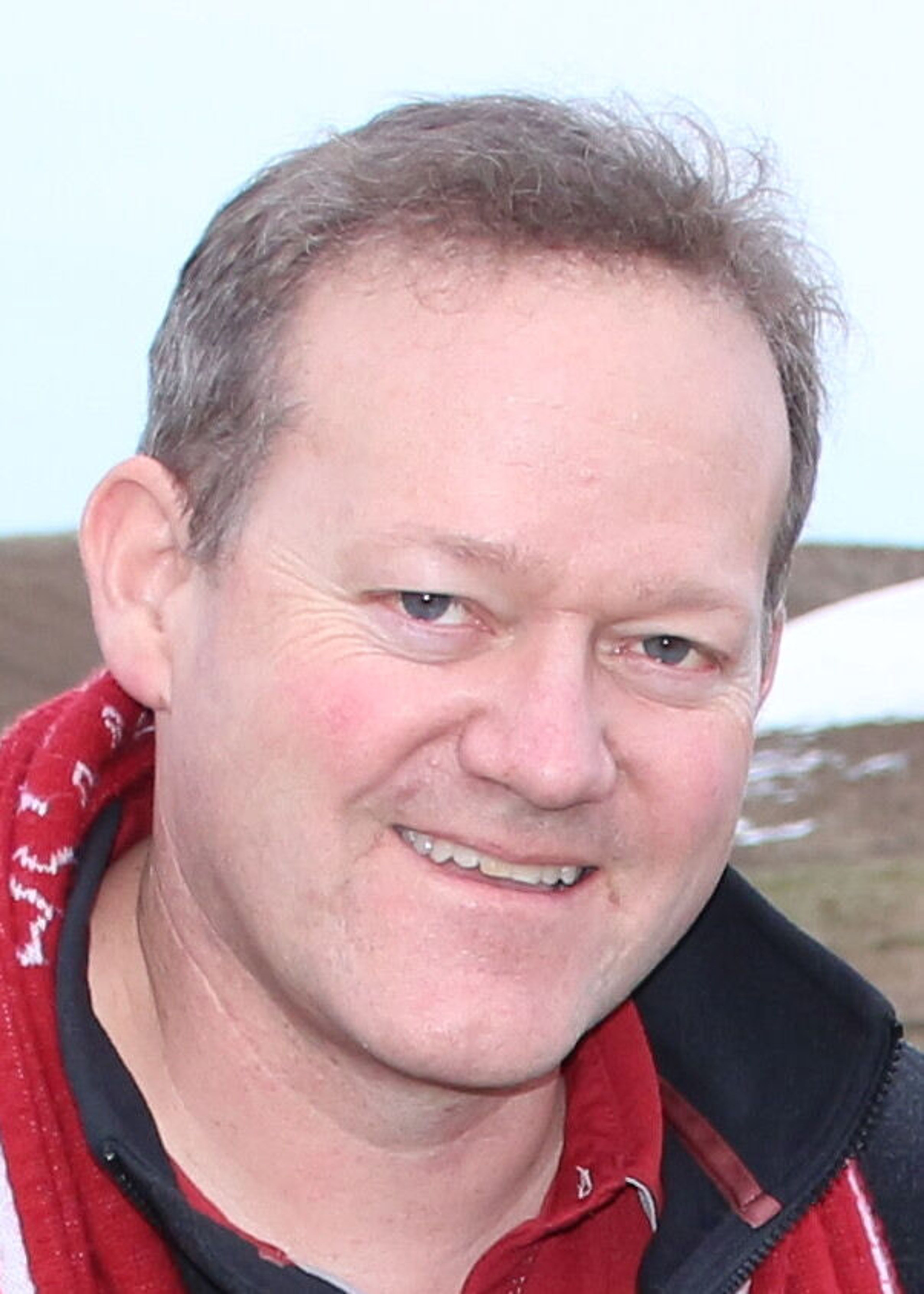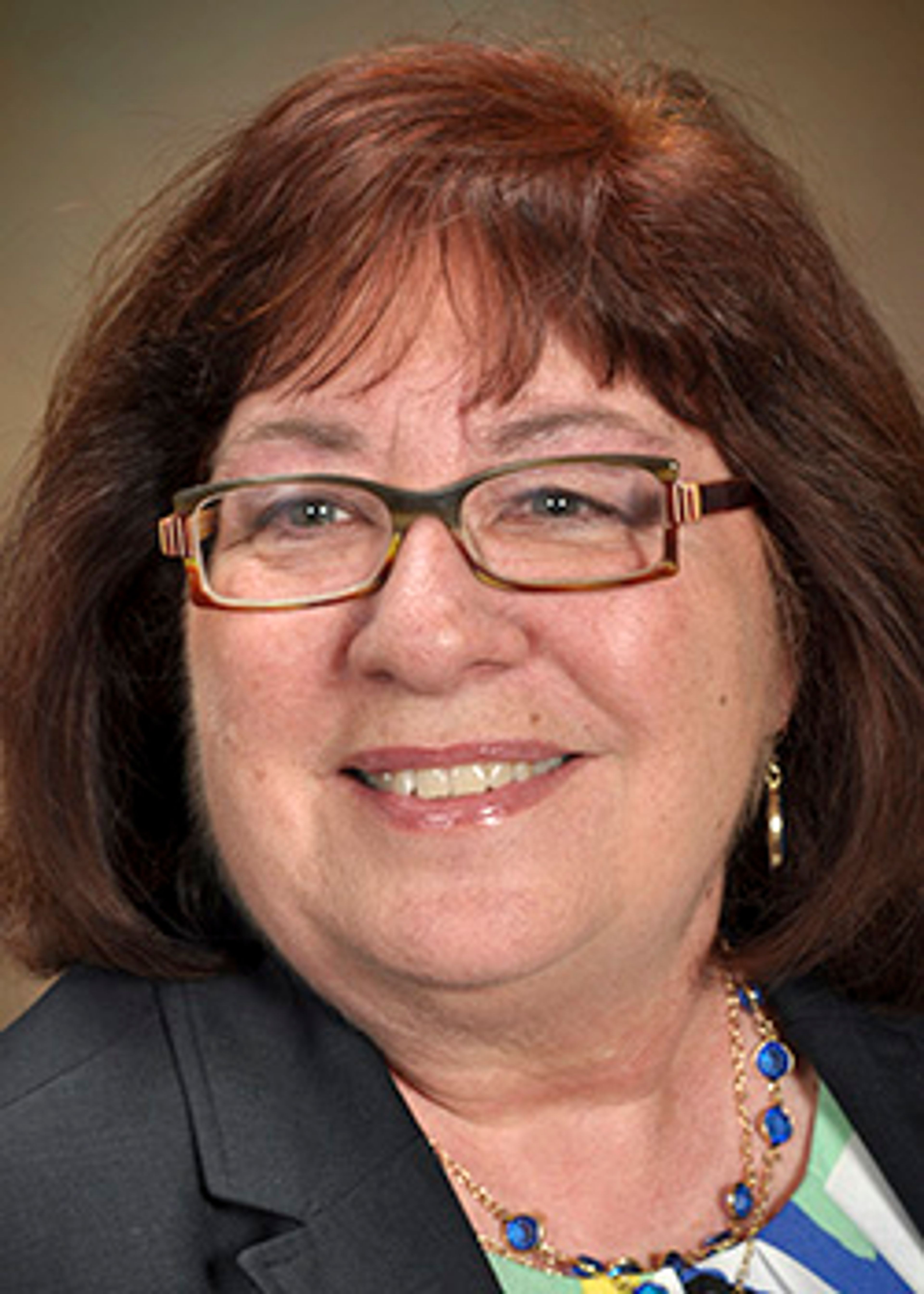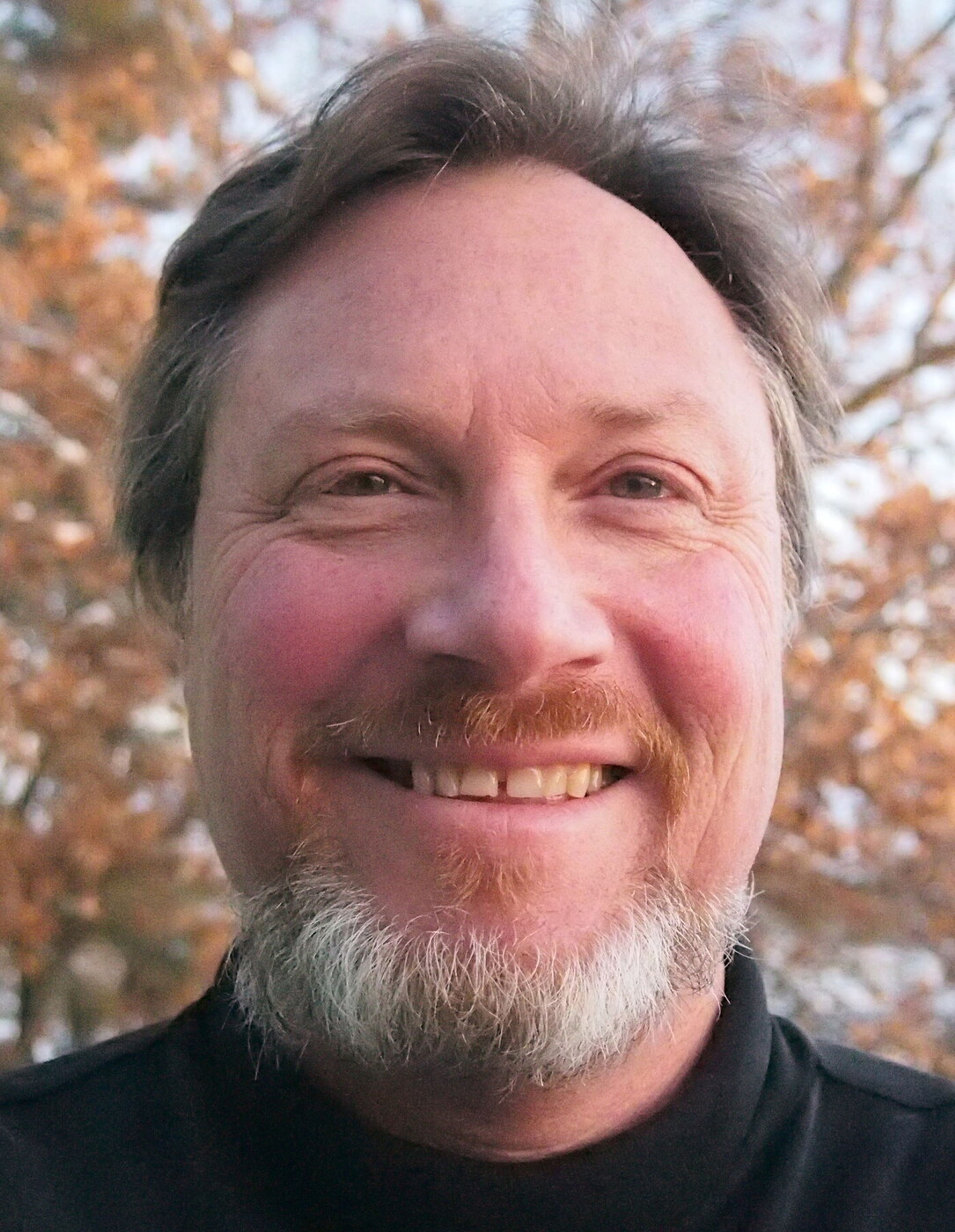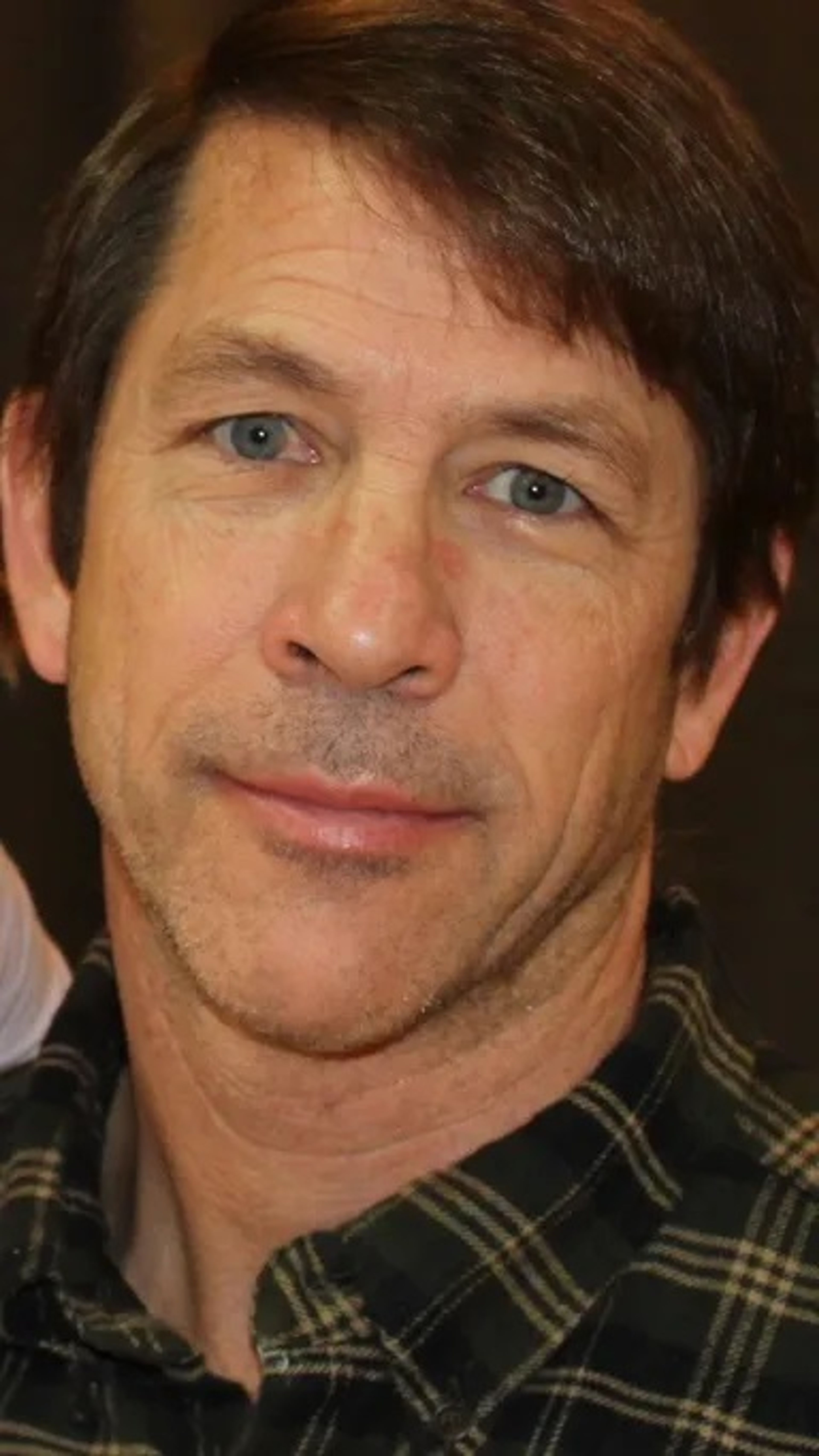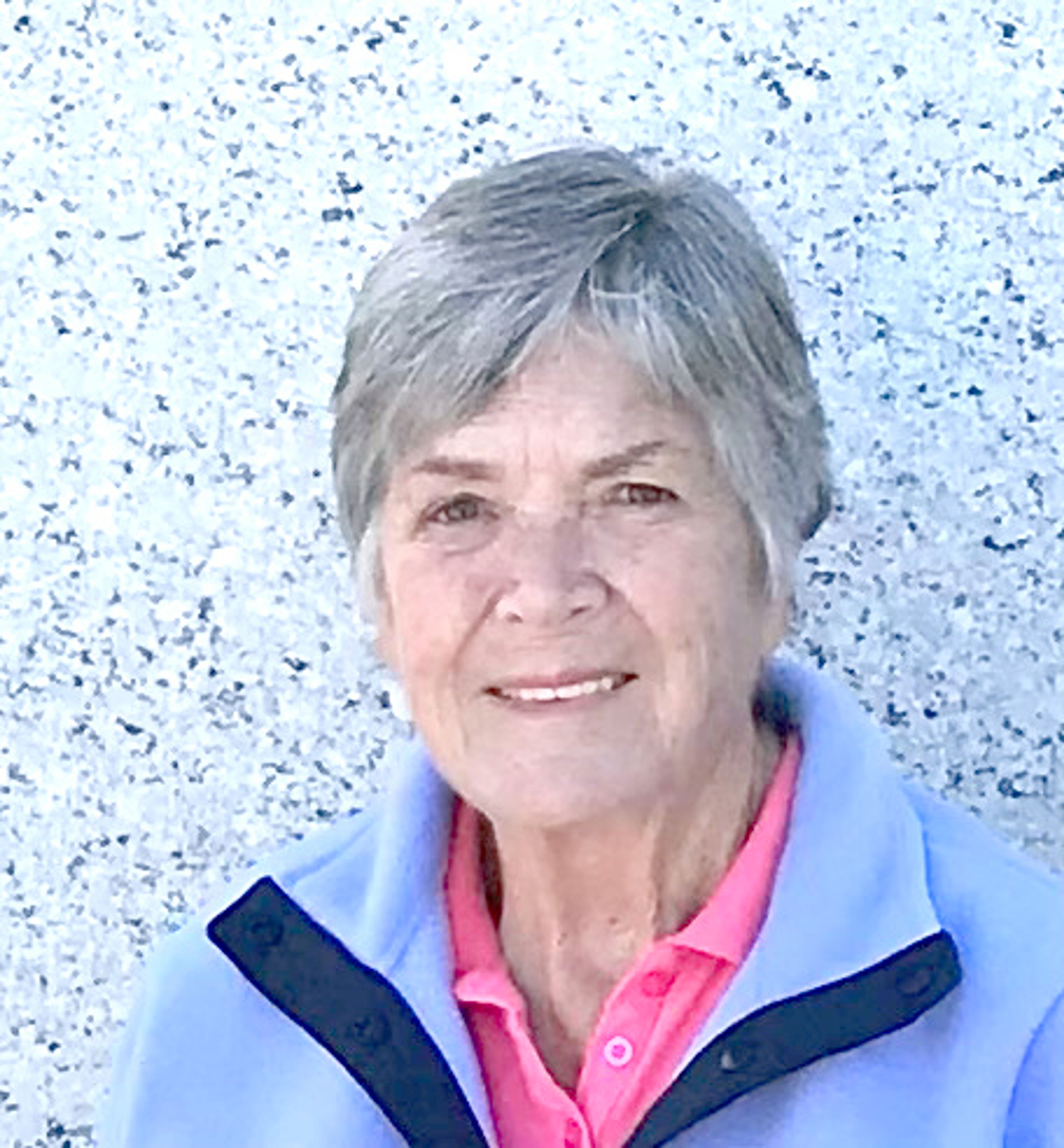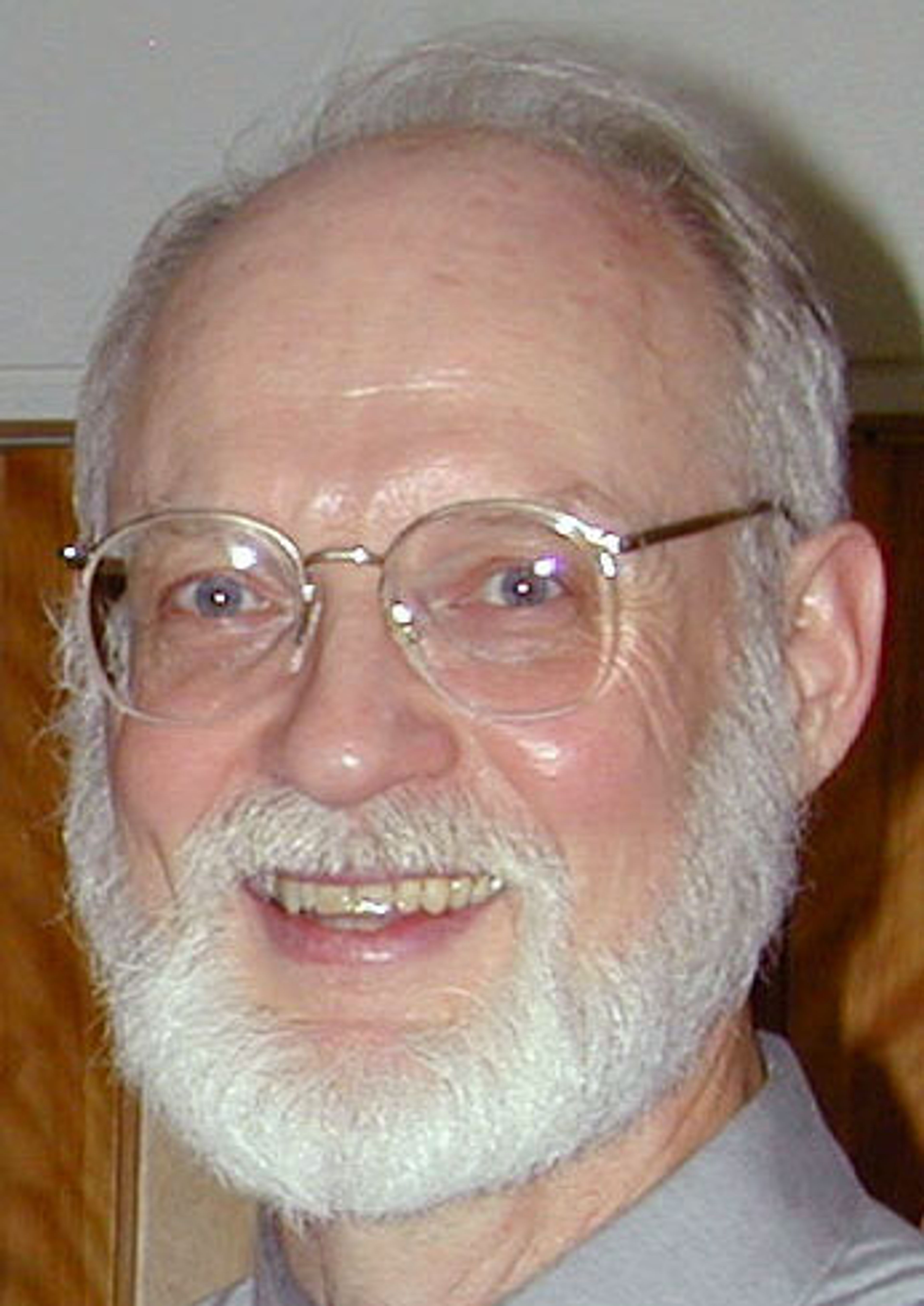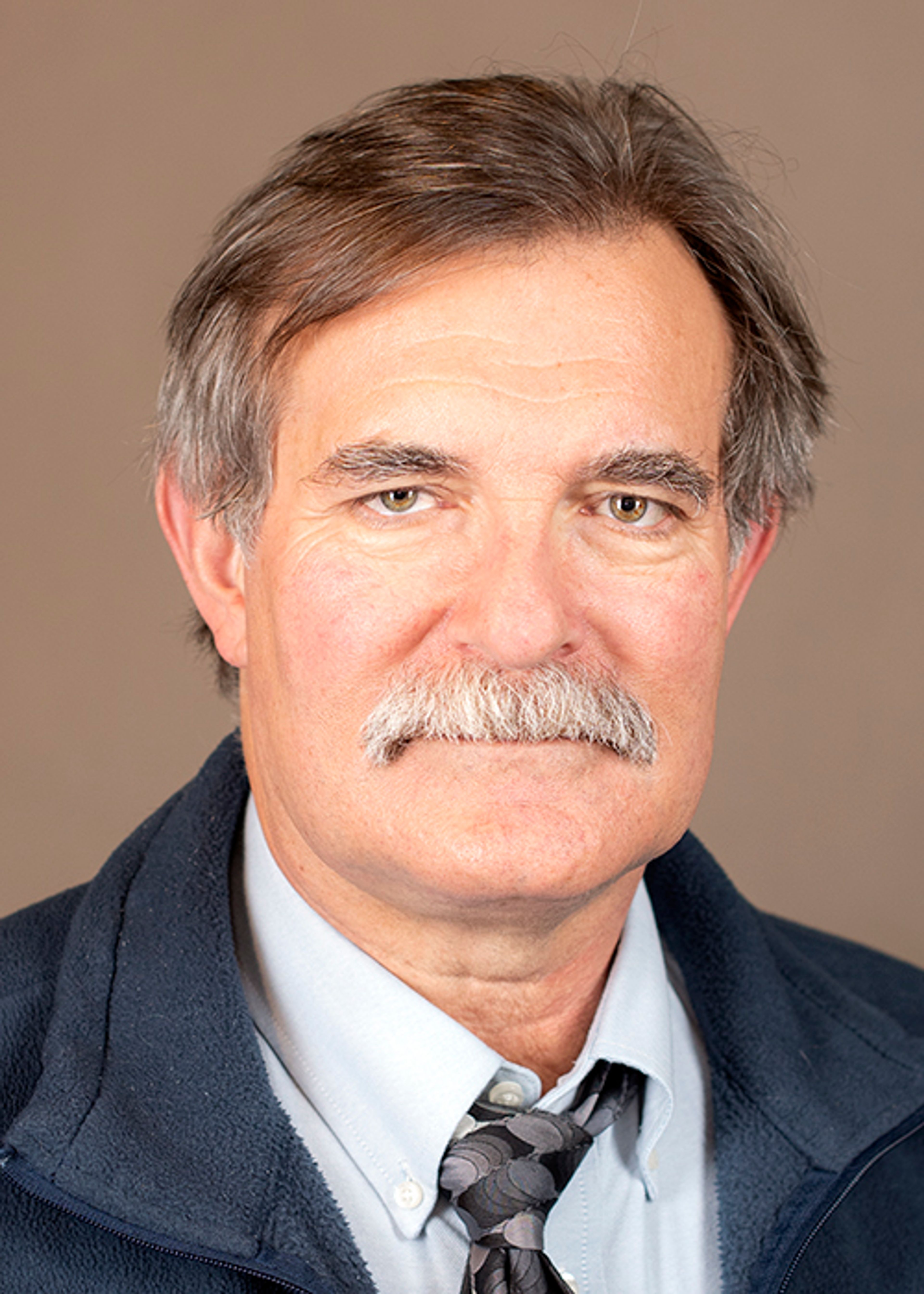On Sunday, The New York Times published an article about the dangerous state of American roads. The narrative begins with three foreign service officers from the U.S. State Department who worked in places considered much more dangerous than America, only to be victims of vehicle collisions while walking or biking in Washington D.C.
In 2021, close to 43,000 people died on American roads, and the trend has been increasing precipitously since 1995 for motorcyclists (+140%), pedestrians (+19%), and cyclists (+17%). Our transportation system is probably best summarized as one designed to move cars quickly from place to place, but without much thought to the safety of anyone or anything outside of our vehicles.
Just this weekend my family and I were returning home on State Highway 26. State Highway 26 and U.S. Highway 195 are the major arteries of traffic through Whitman County, and both can be a nightmare with hazardous conditions ranging from black ice to blowing dust. I suspect that, like me, many people know someone who has faced tragedy on these roads. Between 2013 and 2018 alone there were 766 crashes and six fatalities.
Things become decidedly more challenging before and after major events at Washington State University. But don’t get me wrong. I’m thrilled to see a full capacity turnout for the Apple Cup regardless of the outcome. One estimate from 2009 pegged the economic benefit to Pullman at $2 million. Money aside, we haven’t seen the battle for the cup in Pullman since 2018 and it is great to see all the activity and spirit behind these teams.
But this also comes with some awful drivers, with some individuals speeding excessively and passing haphazardly on Highway 26. In the past year, several new passing lanes were added to both 195 and 26. There were supposed to be four new lanes west of Colfax, but only three could be built with the allotted budget, and even those would still be in the planning phase if it wasn’t for the efforts of Sen. Mark Schoesler to speed things up. Those passing lanes are already well used and are likely saving lives and property.
Schoesler, by the way, has been a staunch proponent of more investment in transportation infrastructure in the 9th District. During the last debate about a gas tax increase for infrastructure, he and others from eastern Washington argued that some benefits from the tax needed to accrue to the east side of the Cascade Mountains or opposition would be fierce.
I get why there is less interest in investment “out here.” On a per capita basis, infrastructure investments in a place like Whitman County probably yield fewer benefits. It is the same kind of argument that likely prevents much investment into infrastructure to improve safety for pedestrians and cyclists.
The Whitman County Commissioners recently considered alternative routes for a southern bypass for Pullman. My family lives on one of the considered routes and we could be directly impacted, although the bypass idea itself is not a negative for me. Paving our road would help reduce soil runoff and reduce the noise from grain trucks that barrel down the gravel while kicking up a cloud reminiscent of a katabatic dust storm blasting off a glacial terminus.
Nevertheless, I fear that there will be no effort to make the roads safer for cyclists. The argument will likely be that the per capita benefit is insufficient, and we’ll see something akin to our other local, narrow, shoulder-free roads but with a significant increase in traffic and death-defying conditions for nonmotorists. I’ve cycled nearly continuously on our local roads for the past five years (8,500-plus miles) and thanks to the limited traffic, I’ve been lucky with only one wayward incident. A new vehicle-only bypass, however, is likely to trap those of us who would otherwise cycle, and we’ll be forced to join the motorized commute.
And with e-bikes growing in popularity, the hills of Pullman are no longer a major obstacle. Cyclist traffic in town will be increasing so it is important to support pedestrian and cyclist infrastructure in town to improve the quality of life and buck the national trend of deaths and injuries on our roadways. It is past time to invest.
Call (he/him) is a microbiologist and father of three. He first discovered the Palouse 38 years ago.
